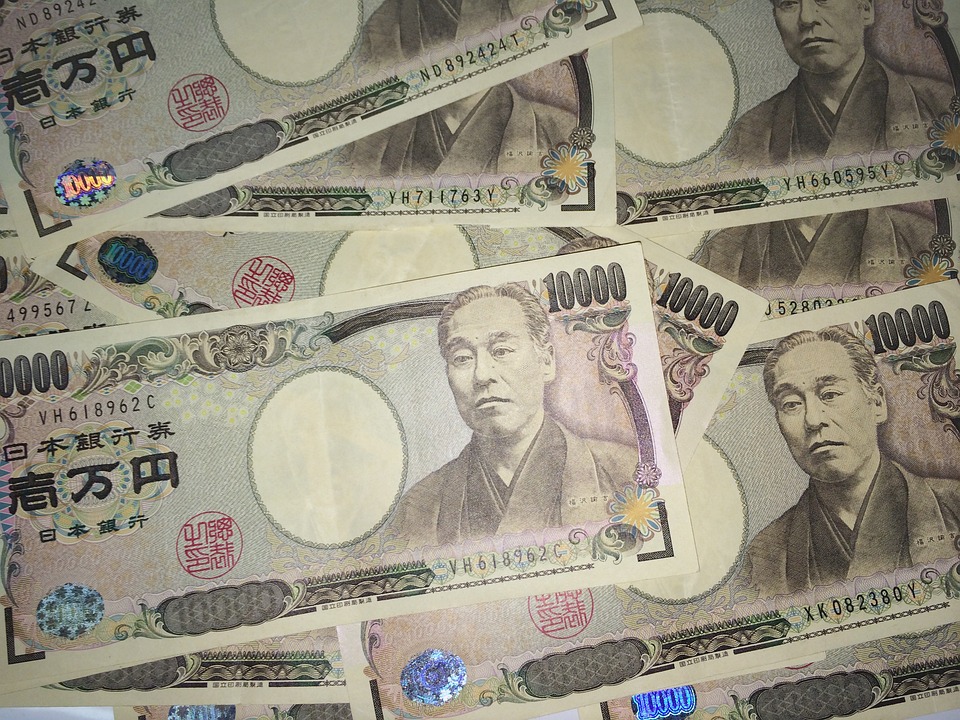It Is The End Of An Era For Negative Interest Rates

Yen. Image Source: Pixabay
The Bank of Japan raised its policy rate for the first time in 17 years today, as the last central bank to exit from a regime of negative interest rates. Denmark, Sweden Switzerland, and the other eurozone members introduced negative rates after the 2008 financial crisis to boost economic growth. The European Central Bank ended the world of negative interest rates as recently as 2022. Globally, negative rates permeated corporate and government bonds, and, at its height, there was $18 trillion of debt trading at less than zero interest rates worldwide.
When the famous American economist, Milton Friedman, was invited to advise Asian countries in the late 1990s he strongly warned against central banks instituting negative rates. He argued that negative rates were a manifestation of low nominal GDP growth and a deflating economy, rather than a policy prescription to boost economic performance. In other words, negative rates say more about the poor health of an economy than anything else. And, indeed, this was just the case in Japan. In nominal terms, the level of GDP in Japan is virtually unchanged from that in 1992. Finally, after two decades of fighting deflation, Japan’s inflation rate popped up, accompanied wage increases not seen in more than a decade. Japanese policymakers welcome a surge in prices and wages as a sign of an economic revival from the lost decades post-1989 market crash in Japan.
By international standards, Japanese interest rates are exceeding low. The Bank of Japan’s target rate is in a range of 0% to 0.1 %, up from minus 0.1%. This compares to central bank rates in North America of 5% and in the EU of 4.50-4.75%.
Bank of Japan Policy Rate

In addition, the Bank has scrapped much of its quantitative easing program and its purchases of real estate and stock market funds. This is part of an overall strategy to allow debt yields to drift upwards as the economy continues to grow. The jury is still out on how effective are these rate policy changes in allowing for non-inflationary economic expansion, something Japan has not experienced in a generation.
More By This Author:
Central Banks Don’t Like To Told When To Cut Rates
Growth Of The Public Sector Keeps The Canadian Economy Above Water
Canadian Recession Is Well Underway According To The Big Bank



